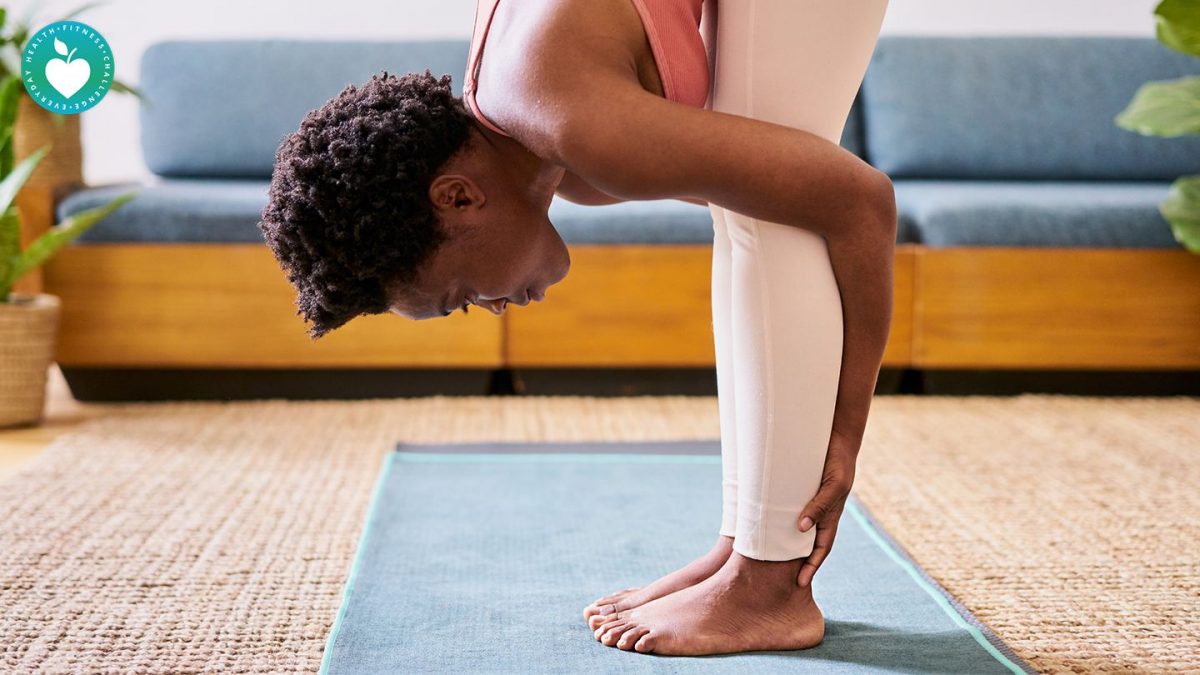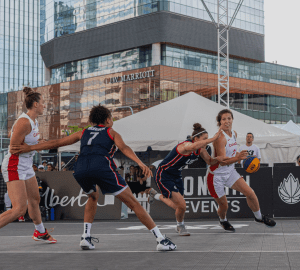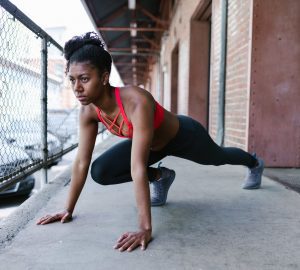Improving flexibility is an area that most people struggle with and don’t put enough time into addressing. Whether you are new to training or have many years of experience, chances are you have developed many muscle imbalances throughout your body and your flexibility could use some attention.
Understanding Your Body
Improving flexibility can be generally be defined as the ability to move a joint through its normal range of motion. When there is a muscle imbalance around a joint, some muscles have become overactive while the opposite side has become underactive. In either condition, the muscle fibers are not at their optimal lengths. Overactive muscles are typically those that feel tight is applying tension around the joints it is connected to. Underactive muscles on the other hand are in a lengthened position and are not used as much due to reciprocal inhibition. Common causes of muscle imbalances include factors such as sedentary lifestyles, advancements in technology leading to less active lifestyles, and repetitive movements (pattern overload). When normal resting states of muscles are altered, they will not be able to produce force optimally and that area is also more prone to injuries.
How To Find Imbalances
Most of us have an idea of where we think these muscle imbalances are in our bodies. For example, certain muscles feel “tight” or the inability to get our bodies to certain positions. There are many assessments available out there to help identify which specific body parts need corrective exercise for improving flexibility. Doing a simple search on Google, YouTube, or even finding a reputable Instagram page is a place to start. Working with a trainer who specializes in this area can be really effective. It is a significant investment financially, but it is always worth it when it comes to your health.
3 Steps To Improve Flexibility
After identifying what areas need attention, it’s time to put in the work to reduce these muscle imbalances. The first thing to keep in mind is that this process will take time. It took many days, months, or even years of a sedentary lifestyle or repetitive movements to result in poor flexibility. It will most likely take as long if not longer to properly return these muscle groups to normal. More importantly, it will take a lot of work, consistency, and again time! Here are the 3 steps for improving flexibility:
1. Inhibition
The first step is to inhibit overactive muscle which can be done by applying pressure to a tender spot on a muscle. Science shows that applying pressure to overactive muscles can help reduce some of the tension by allowing the receptors to relax the muscle. Applying the right amount of pressure so the muscle relaxes is important as too much can actually cause the muscle to tighten up even more. Using your thumbs/knuckles is a great starting point, especially in overly sensitive areas. This is also known as self-myofascial release. We can further enhance this by using tools such as a foam roller, tennis ball, or a lacrosse ball to apply a more concentrated pressure with less effort. The key part of inhibition is applying that pressure on the tight spot for at least 30 seconds allowing the receptors to signal the muscle to release tension.
2. Lengthen
The next part for improving flexibility is simple, after calming down the muscle, we need to stretch it. Doing this will allow that muscle back to its normal resting state and release some of that tension on the joint. The most common form of lengthening is static stretching, which is “the passive process of taking a muscle to the point of tension and holding that stretch” (Clark et al., 2017, pg. 179). Like inhibition, holding the static stretch for at least 30 seconds is essential. Other types of stretches such as active-isolated and dynamic stretches are also good to incorporate to get a deeper stretch of that muscle. Combining inhibition and lengthening right after is the best solution compared to doing each one on their own
3. Activation
The last step is tackling the underactive muscle by retraining the activation signals to those muscles. Because of the attention from the overactive muscle on the other side of the joint, the brain is not efficient at firing the signals that activate the underactive muscle. This also means that the muscle fibers are in a stretched position, so they are not able to produce force effectively and they are more prone to injuries. Performing isolated strength training will teach the brain to send those signals more effectively and improve activation of those muscle fibers again.
It is only when we address all the muscles that are unbalanced around a joint that we can start improving flexibility. Knowing when to push your body and giving it the time to adapt is key to long-term success.
Author Bio:
My name is Lazaruz Calalang and I am 27 years old PFT student at NAIT. I’ve been active for most of my life playing focused on team’s sports at an earlier age. I have shifted the focus of my training to weightlifting, more specifically the sport of powerlifting. Being an ambassador for an active lifestyle is my goal is life, but my passion is to teach others to love their bodies and push themselves to be better. I’ve learned many lessons from my own personal fitness journey, and I just want to share my knowledge and experience to help others with theirs.








